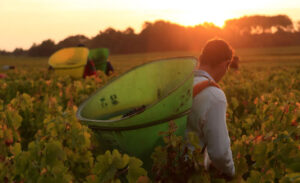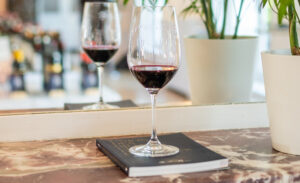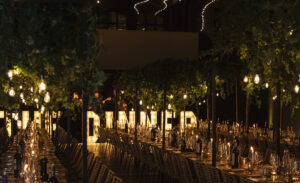Saint-Julien appellation
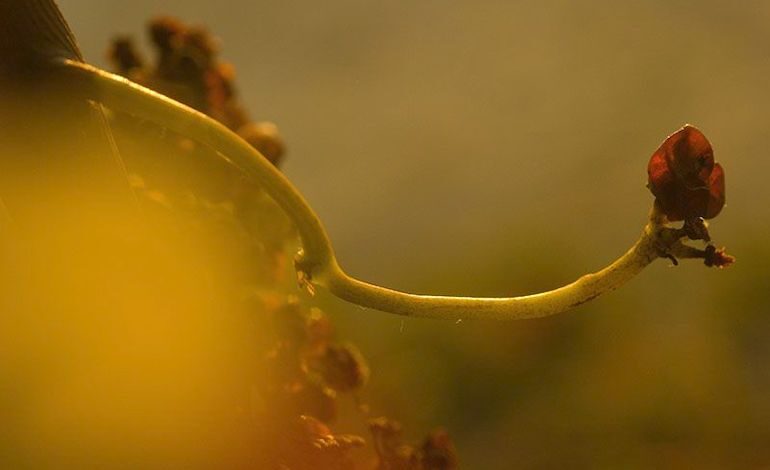

Located some 50 kilometers north of Bordeaux, the Saint-Julien appellation has all the archetypal attributes of the Médoc.
The commune of Saint-Julien-Beychevelle – the second gateway to the Médoc wine-growing region lying north of the first one, the Margaux appellation – lies practically smack in the centre of the Haut-Médoc, the large, southern subzone of the Médoc that includes the four famous appellations that are home to most of the 1855 cru classes. The Saint-Julien vineyard stretches 3.5 kilometers alongside the Gironde estuary, with the Juillac stream marking its northern border with Pauillac, while yet another stream, the Jalle du Nord, separates it to the south from an area laying claim only to the broader Haut- Médoc appellation.
A remarkable terroir
The appellation attained prestige and notoriety as early as the 17th century thanks to the aristocratic wine estate owners and bourgeois wine merchants of Bordeaux who recognized and promoted its remarkable terroir as one of the finest of the region.
Covering some four hectares, its specificity is a rectangular-shaped terrace that is four kilometres wide and composed essentially of Günzian gravel, a type that was deposited here at the time of the first period of glaciation, known as the Günz Glacial Stage, during the Pleistocene epoch (beginning about 2.6 million years ago and lasting until about 11,700 years ago).
As is the case for all the communes of the Médoc, the landscape is punctuated with well-draining gravel mounds, but in the case of Saint-Julien, they form two distinct geographical units.
The one to the south rises as high as 15 to 20 meters and includes the vineyards of Branaire-Ducru and Gruaud-Larose, as well as those of Lagrange further inland to the west. To the east is the one that overlooks the estuary, reaching a height of 10 to 26 meters, and on which are found Beychevelle, Ducru-Beaucaillou, Langoa, Léoville-Barton, Léoville-Poyferré or Léoville-Las-Cases.
On the western flank of the commune, there is a large plateau with an elevation of 20 meters above sea level on which lie parts of the vineyards of Talbot and Glana, as well as a multitude of plots belonging to other classified growths, including Branaire-Ducru
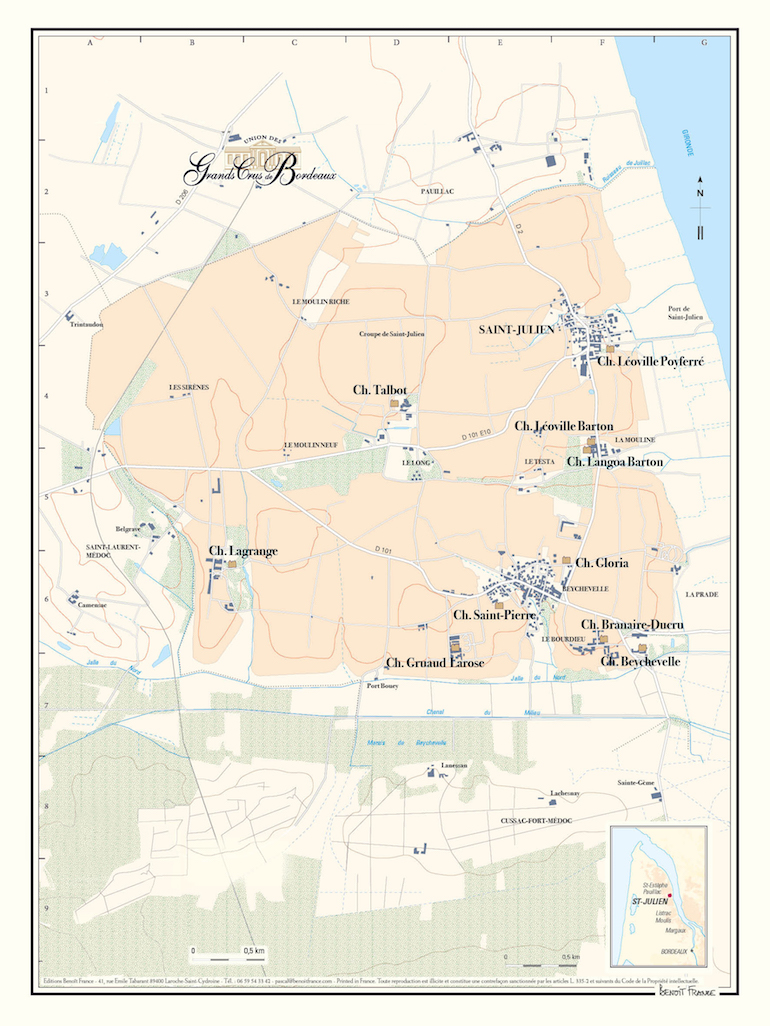
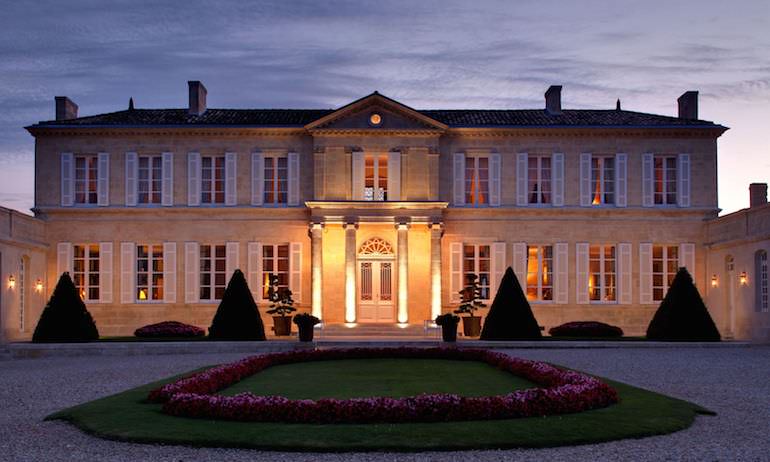
The wines of Saint-Julien
In a similar fashion to its homogeneous terroir, the wines of Saint-Julien are quite consistent in their high degree of quality, with 85% of the vineyards owned by cru classé properties. As throughout the Médoc, Cabernet Sauvignon has pride of place in Saint-Julien, for it thrives in its well-drained gravel soils. There exist, nevertheless, striking differences of style between, for example, the wines of Beychevelle in the south and Leoville Las Cases in the northern part of the appellation that abuts on Pauillac, imparting to the latter a richer texture and more powerful tannic structure.
The wines produced in the western sector on sandier albeit still well-drained soils differ from those coming from vineyards near the estuary, because Merlot ripens better here. These geographic and stylistic differences notwithstanding, most of the leading international wine critics spotlight the remarkable homogeneity of Saint-Julien wines.


